As we enter the autumn season, it’s a great time to start thinking about shifting our diets to reflect the bounty of nature’s harvest available in the fall. By focusing on seasonal eating, we can become more in tune with nature, with our body’s’ needs, and on doing what’s best for the environment.
Continue reading “Seasonal eating; shift your diet to reflect the bounty of nature’s harvest”Gardening a Healthy Hobby
As a lifelong and passionate gardener, it pleases me that my hobby provides not only joy, but substantial health benefits.
Continue reading “Gardening a Healthy Hobby”Fertility and Preconception Planning
If you’re a woman thinking about starting a family or actively trying, it can be a strange time. After spending your whole adult life trying not to get pregnant, it can seem as if once you start trying things will go off without a hitch-and they often do. But when it comes to optimizing your and your future baby’s health, it can be a bit more complicated than ditching the birth control and taking a prenatal.
Continue reading “Fertility and Preconception Planning”Maintaining a Healthy Immune System During the Ongoing Threat of COVID-19
With the recent and ongoing threat of COVID-19, we are reading more than ever about the immune system, its function, and its failures. And while it would be a hopeful prospect to improve upon a normal and/or healthy immune system, there is little to no evidence that we can take supplements or drink juices to make it work more efficiently. In short, “immune-boosting” is not a possibility.
The good news is that we can make changes in our daily lives to maintain a normal immune response. Here are a few ways that we can keep our system strong.
Continue reading “Maintaining a Healthy Immune System During the Ongoing Threat of COVID-19”Surgical Success: Implementing Nutritional “Prehab”
A crucial element of my prehabilitation regimen was nutrition. While I have always been committed to a nourishing diet of clean protein, healthy fats, and an abundance of vegetables, as my surgery approached I decided to research the ways in which my body would be best prepared for the experience.
Continue reading “Surgical Success: Implementing Nutritional “Prehab””Spicy Carrot Hummus Recipe
Nothing can match up to the flavor of homemade.
Hummus, or any bean-based dip, can be a great thing to have on hand for a quick snack or to add flavor, texture and plant-based protein to any dish. It’s tempting to always grab the grocery store version—but when you have a little time, nothing can match up to the flavor of homemade.
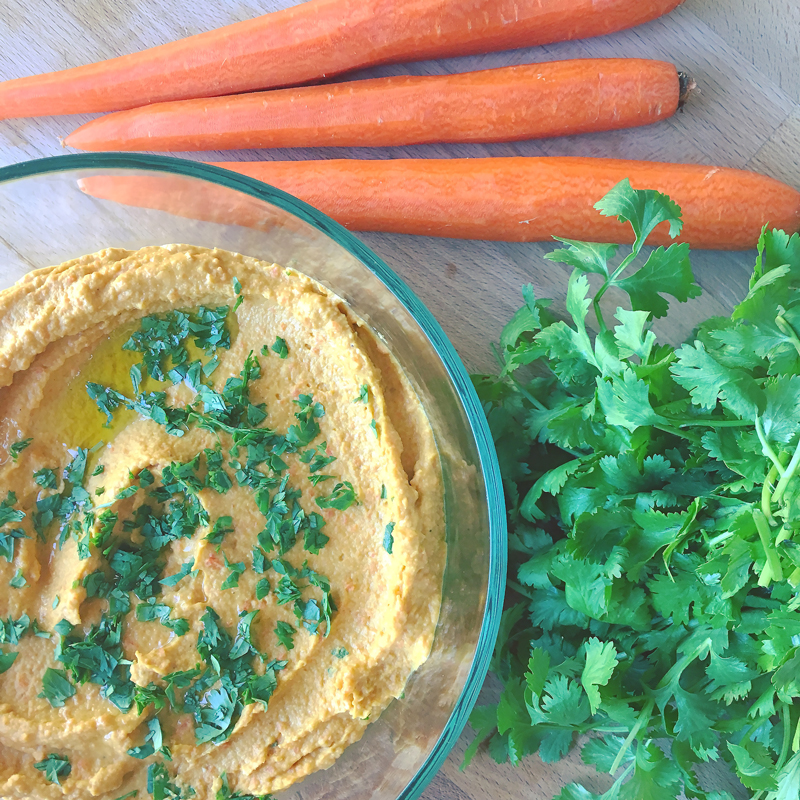 A scoop on top of a salad, a smear on a sandwich or veggie burger, added to warm pasta for a quick, creamy finish. It’s so versatile, simple and delicious. This version adds carrots for sweetness and added nutrition, and a kick of spice for balance. Not a fan of spicy food or it doesn’t sit well with you? Simple remove the pepper. This recipe is a template that can be easily modified based on your tastes. Enjoy!
A scoop on top of a salad, a smear on a sandwich or veggie burger, added to warm pasta for a quick, creamy finish. It’s so versatile, simple and delicious. This version adds carrots for sweetness and added nutrition, and a kick of spice for balance. Not a fan of spicy food or it doesn’t sit well with you? Simple remove the pepper. This recipe is a template that can be easily modified based on your tastes. Enjoy!
Spicy Carrot Hummus
- 4-5 cloves garlic
- 4-5 carrots, peeled, thickly sliced
- Extra virgin olive oil
- 1 can organic chickpeas, not drained
- 2 heaping tbsp tahini
- Juice from 1 large lemon
- 1 tsp ground cumin
- Large pinch sea salt
- 1 tablespoon (or more) harissa or a pinch of cayenne
Preheat oven to 425°. Place garlic in the center of a square of foil and drizzle with olive oil. Wrap foil to make a tightly sealed packet. Place on a baking sheet. Peel and slice carrots and toss with a drizzle of evoo and a sprinkle of salt. Roast until carrots are very tender and garlic is fragrant, 40 minutes or so. Let sit until cool enough to handle. This step can be done a day ahead if necessary.
Process roasted carrots, chickpeas (and their liquid), tahini, lemon juice, garlic, harissa or cayenne, salt, and cumin in a food processor until mixture is smooth, about 1 minute. With the motor running, stream in 2 Tbsp. oil, then continue to process until hummus is very light and creamy, about 1 minute longer. Taste and season with salt, if needed. Add more harissa to make hummus spicier, if desired, then process to incorporate, just a few seconds longer.
The Conscious Kitchen
Nutritional Layering
Healthy cooking is an important part of my daily routine, and recently I have challenged myself to prepare dishes that include as many good-for-me components as possible, with the goal of utilizing only meaningful ingredients. I have coined this way of cooking “Nutritional Layering.”
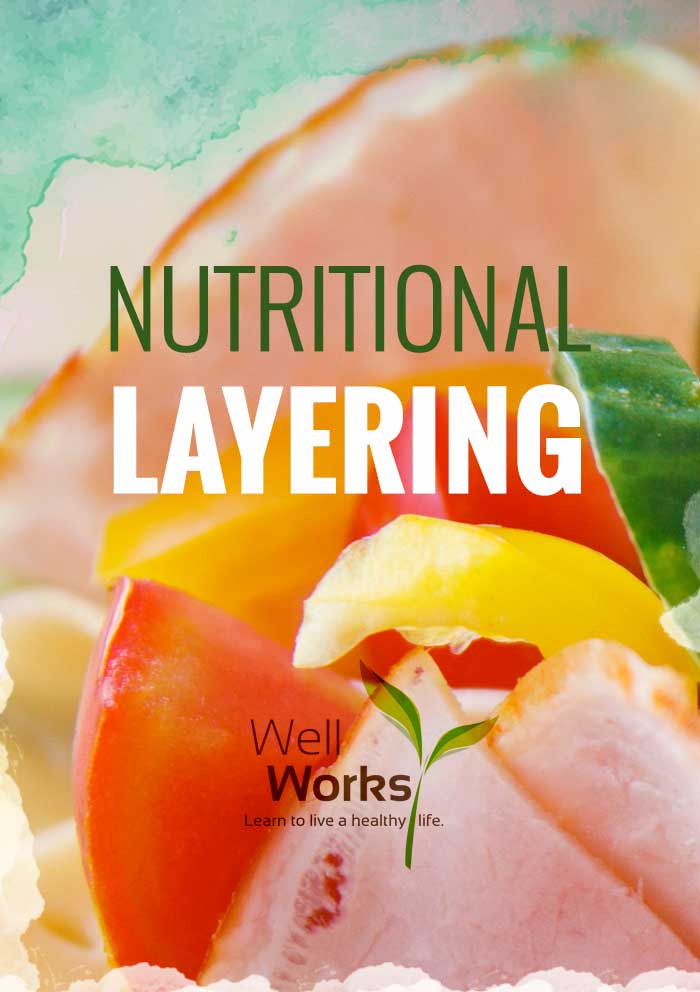
Being mindful of Nutritional Layering has added an exciting element to cooking. When I research recipes, for example, I find myself immediately editing the ingredient list to include those that pack a powerful punch of vitamins and nutrients. For instance, I tend to make broths and stocks at home because I can add a multitude of quality nutrients by simply adding elements such as dried mushrooms, which contain immune supportive properties, Kombu, which is similar to seaweed and contains high levels of iodine and fiber, fermented miso, which contains a dense concentration of nutrients, and even a simple bay leaf, as it includes healthy compounds, folic acid and vitamins.
Add Nutrients and Complexity to Cooking
Another of my favorite dishes to prepare and enjoy is an easy Confetti Slaw, which contains cabbage, bell peppers, garlic, onions, high-quality olive oil and plenty of citrus, herbs and spices. Not only is the slaw beautiful to behold and delicious, but the ingredients offer an abundance of phytonutrients, which are beneficial to health and are believed to help prevent various diseases. Layer upon layer, these ingredients add necessary nutrients and complexity to cooking.
Cooking-Conscious Crops
My interest in Nutritional Layering has extended to my beloved garden as well, where my cooking-conscious crops include medicinal herbs, trees and plants that make for a lovely yard while ultimately producing a healthy, edible harvest. Indoors, I have even enriched my water intake by adding citrus, such as lemon and orange slices, and herbs, mainly mint and tarragon, into the pitcher that is a constant in my refrigerator.
And so, the next time you’re in the kitchen, perhaps you could make the most of your meal by layering healthy, quality ingredients. Knowing that you’re consuming the best possible components will boost your mood, help your health and, naturally, make for a superb supper.
Is sugar worth your memory?
 Cake, cookies, soda, donuts, are you someone with a sweet tooth?
Cake, cookies, soda, donuts, are you someone with a sweet tooth?
Indulging once in a while and letting yourself have one of these treats is okay, but if it is part of your diet consistently, it can be a burden on your brain. Making a lifestyle change can be difficult but not making that change could lead to a chronic disease called diabetes. Diabetes is a metabolic disease that the body cannot produce any or enough insulin, which causes elevated glucose levels in the blood. I know that changing things in your diet can be hard, but also having diabetes is hard.
Our body wants to be at homeostasis, but things we ingest and do, can get our body out of rhythm. When we are constantly overwhelming our body with sugar, our body gets stressed and overwhelmed, similar to the feeling you have when you have a million things to get done. We have an enzyme called endopeptidase which is our pilot enzyme for controlling blood sugar and our glucose levels. If we did not have this enzyme our glucose levels would be terrifyingly high, and even if we have low levels of this enzyme, it could be damaging and not powerful enough to tell our pancreas to release insulin. This enzyme is a messenger and tells our neurons in the brain to be wary of glucose. This hormone is crucial in preventing diabetes. Even though our bodies are magical in all the daily functions it can do, it is not iron proof. Our job is to take care of our bodies.
High blood sugar can also affect our brain, especially when it comes to our memory. “Elevated blood sugar levels damage small and large vessels in the brain, leading to decreased blood and nutrient flow to brain cells,” explains Agnes Floel. Our hippocampus is the part of the brain directly linked to memory. The hippocampus does require a good amount of glucose to function, but there is a fine line. If the blood sugar levels are too high, it can be threatening to the hippocampus. These deficiencies can inhibit the flow of nutrition from our blood to our brain. Think of if like a big accident on the high way, it effects the entire flow of traffic. Glucose can be that kind of barrier. Glucose is needed to get through the blood brain barrier to the hippocampus. Also important to note, letting our blood sugar levels get too low can lead to another problem, hypoglycemia.
Sometimes we all need to take a step back and look at the big picture; [bctt tweet=”Your memory is affected by what you are putting into your body.”] Small steps can be taken by nourishing your body in the right way and can lead to making you feel better. Our body works hard enough, don’t make it work even harder. Eating a diet with a variety of healthy and nutritious foods is key. That doesn’t mean you can’t splurge and have your favorite treat, every now and then.
Guest Post: Kelsey Julien, Dr. James’ Intern with a passion for nutrition and a freshman studying to be a Registered Dietician at D’Youville College.
Sources:
Glucose ‘control switch’ in the brain key to both types of diabetes
Healthy Soil, Healthy Food, Healthy You
 Chances are, you have a physician, a dentist and a handful of specialists. But have you ever considered your area’s local farmers as an integral part of your health care team?
Chances are, you have a physician, a dentist and a handful of specialists. But have you ever considered your area’s local farmers as an integral part of your health care team?
As a lifelong gardener, I have come to recognize the value of healthy soil and the role that soil ecosystems play in the growth and vibrancy of the plants in my yard. Fellow integrative physician Daphne Miller (author of Farmacology) has taken this concept a step further, making a concrete connection between healthy soil and our own health, bringing us beyond the concept of food as medicine and educating us on the idea that although buying organic produce is essential, the farm where the food is grown offers the real remedy.
Here’s where we dig into Biodynamic Farming, a method of agriculture that was born almost 100 years ago, linking soil fertility, plant growth and livestock care. Biodynamic Farms are organic farms that surpass the simple practice of producing food without chemicals by focusing on composting, crop rotation and cover cropping. Not only are these extensive preparations utilized to nourish the farm and its soil, but farmers employ cosmic rhythms when carrying out daily activities on the farm, relying on the effects of the sun, moon, planets and stars and how the rhythm of each contributes to the life, growth and formation of plants and aids in ground preparation, sowing, cultivating and harvesting.
And so, the seed I’d like to plant is this:
While we continue to do our bodies good by questioning if our fare is chemical-free, it may be equally as important to research farming practices, soil management and the quality of our produce. Something to chew on.
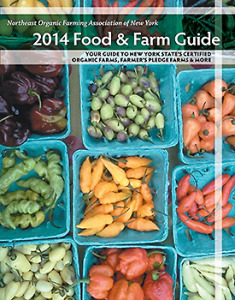 There are plenty of folks working to make our food the best it can be and expediting delivery to consumers. You can find some of these by visiting resources I enjoy, such as www.nofany.org/directory, a guide to organic and sustainable farms and producers, sites committed to CSA, or Community Supported Agriculture, which connects consumers directly to local farmers, www.thegoodfoodcollective.com, a year-round program that provides access to the area’s local, sustainable food, and additional sites that will direct you to your area’s farmers’ markets, such as www.rocwiki.org.
There are plenty of folks working to make our food the best it can be and expediting delivery to consumers. You can find some of these by visiting resources I enjoy, such as www.nofany.org/directory, a guide to organic and sustainable farms and producers, sites committed to CSA, or Community Supported Agriculture, which connects consumers directly to local farmers, www.thegoodfoodcollective.com, a year-round program that provides access to the area’s local, sustainable food, and additional sites that will direct you to your area’s farmers’ markets, such as www.rocwiki.org.
Hungry for more? Check out a few of my favorite New York farms.
Firefly Farm in Canandaigua
Bedient Farms in Potter
Browder’s Birds Organic Farm in Mattituck
Northland Sheep Dairy in Marathon
Fellenz Family Farm in Phelps
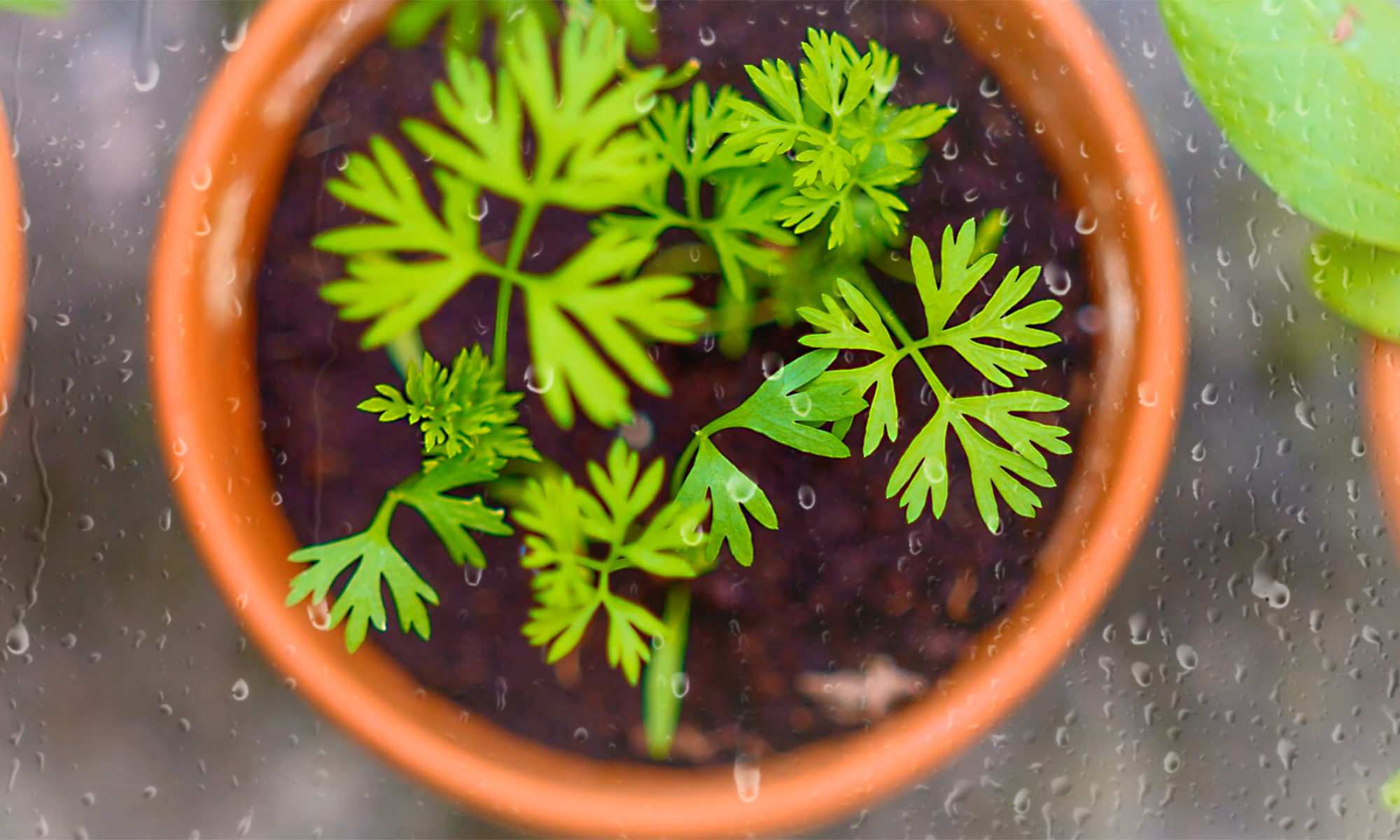

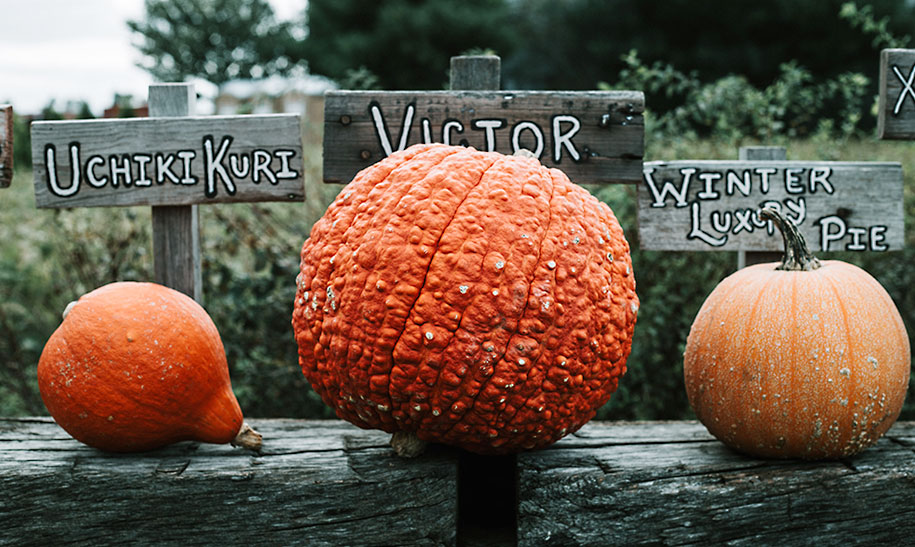
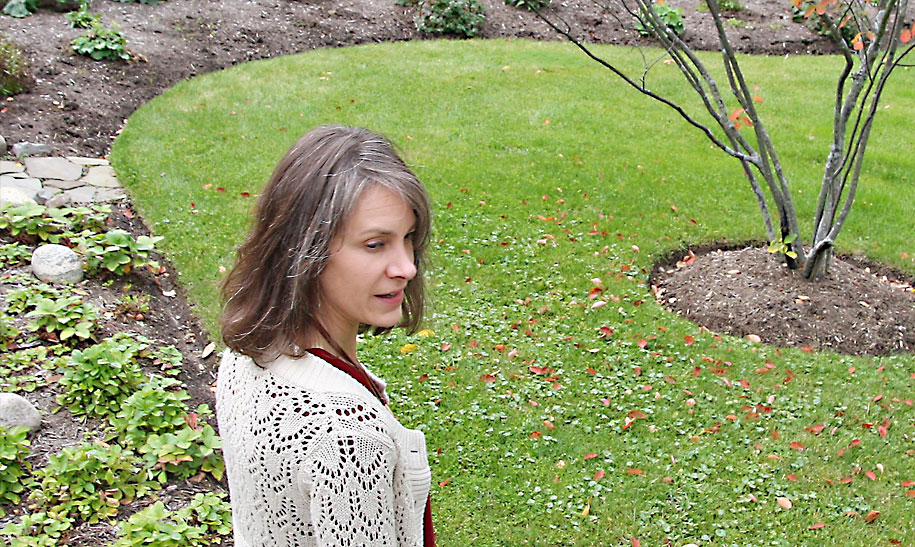


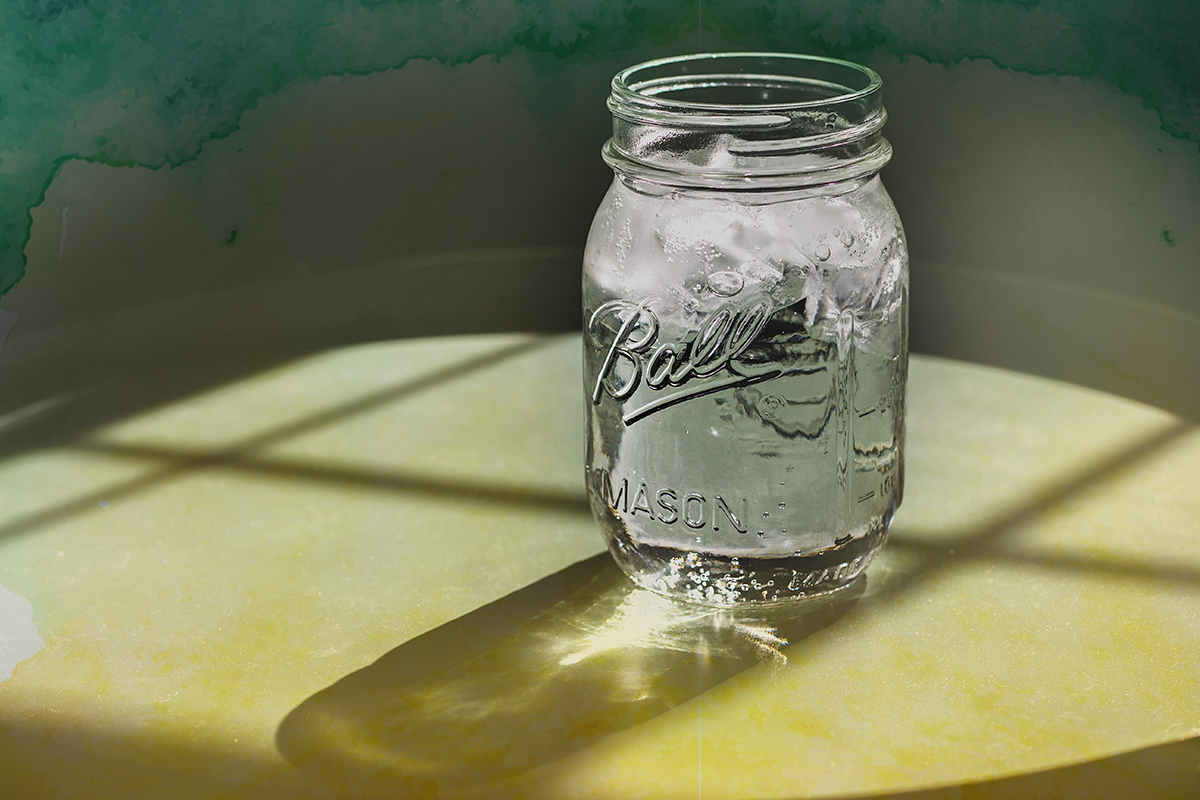
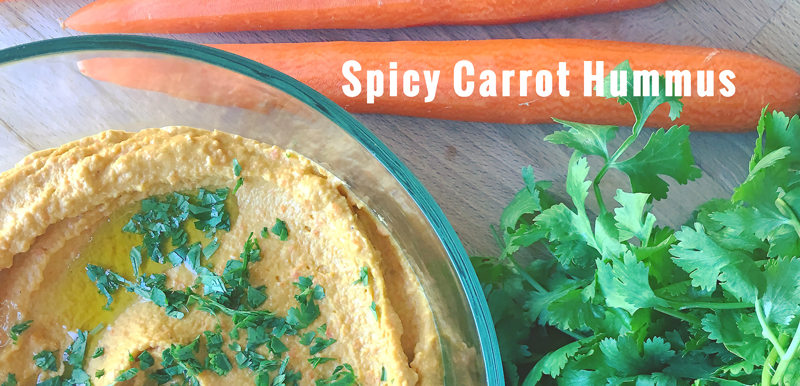





 Chances are, you have a physician, a dentist and a handful of specialists. But have you ever considered your area’s local farmers as an integral part of your health care team?
Chances are, you have a physician, a dentist and a handful of specialists. But have you ever considered your area’s local farmers as an integral part of your health care team?